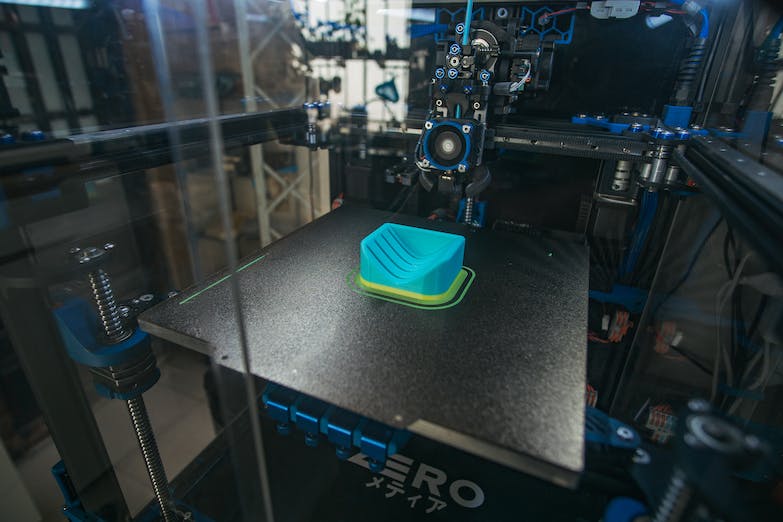Prompt Engineering Essentials for GPT-3
When delving into the intricacies of GPT-3, prompt engineering emerges as a crucial skillset for harnessing the full potential of this powerful language model. By crafting prompts effectively, users can guide GPT-3 to generate more accurate and relevant outputs. In this guide, we’ll explore the art of prompt engineering for GPT-3, offering practical tips and insights.
Understanding Prompt Engineering for GPT-3
Prompt engineering is the process of designing and refining the input given to a language model like GPT-3 to elicit the desired response. A well-engineered prompt can significantly influence the quality and specificity of the model’s output. It’s a skill that combines creativity with an understanding of how GPT-3 interprets and processes language.
The Impact of Precision in Prompt Crafting
The specificity of a prompt can greatly affect GPT-3’s performance. A vague or ambiguous prompt may lead to a broad or unexpected output, whereas a precise prompt can guide the model to generate a more targeted response. For example, asking GPT-3 to “write about dogs” is less effective than requesting it to “write a guide on training a Labrador puppy for search and rescue.”
Best Practices in GPT-3 Prompt Engineering
Developing effective prompts for GPT-3 involves following certain best practices that can increase the likelihood of obtaining high-quality outputs. These include:
- Clarity: Ensure your prompts are clear and free of ambiguity.
- Context: Provide enough background information to direct the model’s response.
- Conciseness: While detailed, prompts should also be concise to avoid overwhelming the model with unnecessary information.
- Command: Use directive language to shape the nature of GPT-3’s response, such as “explain,” “describe,” or “write.”
Advanced Techniques in Prompt Engineering
For those looking to further refine their prompt engineering skills, advanced techniques can be employed:
- Chain of Thought: Encourage GPT-3 to ‘think out loud’ by asking it to detail its reasoning process.
- Iterative Refinement: Use the outputs generated by GPT-3 as a basis for subsequent prompts to narrow down or improve upon the information.
- Fine-Tuning: Customize the model’s responses by incorporating specific styles or tones into your prompts.
By mastering these techniques, you can enhance your interactions with GPT-3, leading to more sophisticated and nuanced outputs.
Examples of Effective GPT-3 Prompts
To illustrate the power of prompt engineering, let’s look at some examples:
Example 1: “Create a bullet-point list of key considerations for a small business owner looking to implement an eco-friendly supply chain.”
Example 2: “Write a Python function that takes a list of numbers and returns a list of their squares, with comments explaining each step in the code.”
These examples demonstrate how a well-crafted prompt leads to specific and useful responses from GPT-3.
Overcoming Common Prompt Engineering Challenges
Even experienced prompt engineers may encounter challenges. Common issues include:
- Overfitting the prompt with too much information, leading to restricted outputs.
- Under-specifying the prompt, resulting in vague or off-topic responses.
- Striking the right balance between creativity and technicality to maintain the model’s engagement.
Addressing these challenges requires practice and a willingness to experiment with various prompt structures.
In conclusion, prompt engineering is not just a technical exercise but an art form that plays a pivotal role in leveraging GPT-3’s capabilities. By following the principles and techniques outlined in this guide, you can create prompts that yield more precise and intentional results, ultimately enhancing the efficiency and effectiveness of your interactions with GPT-3.










